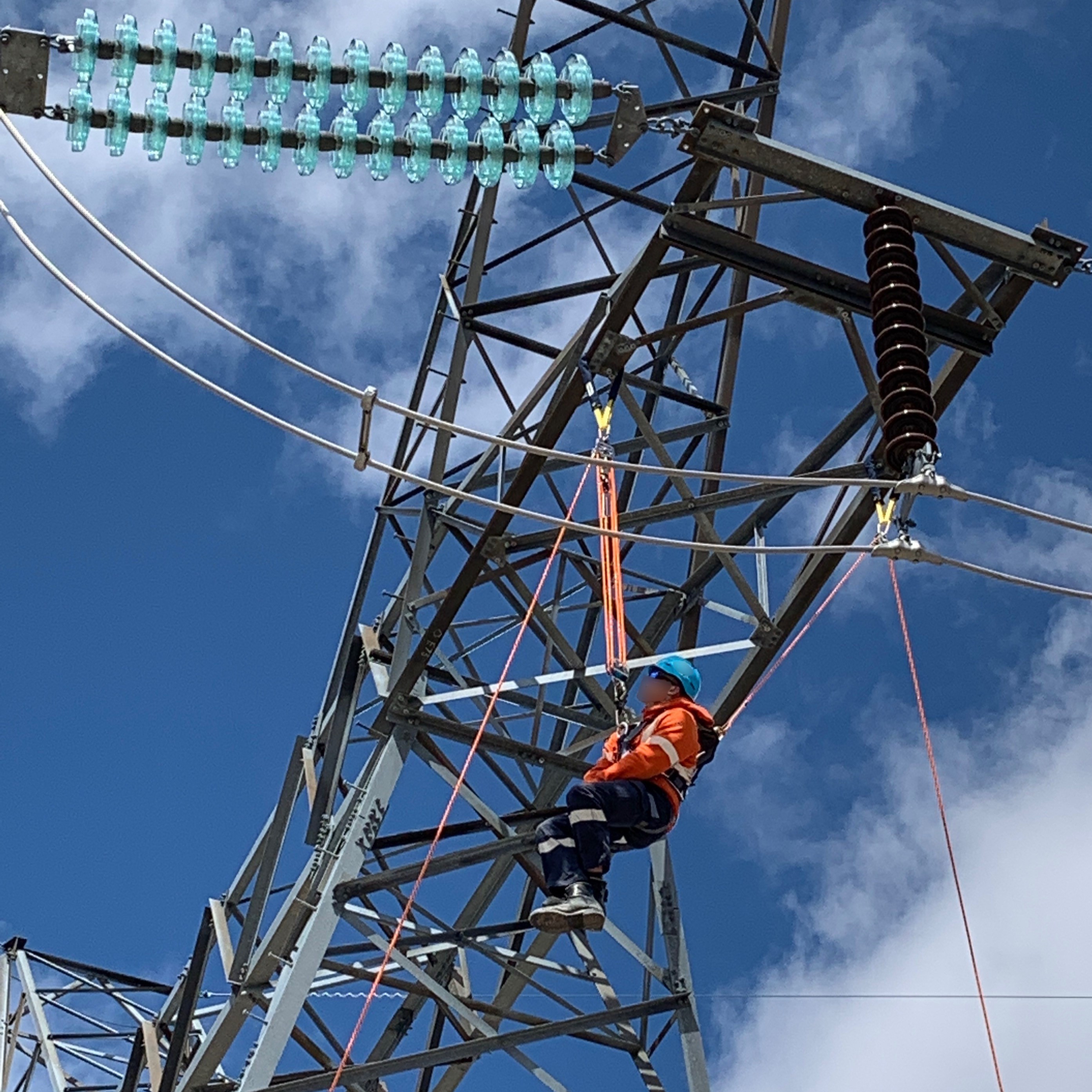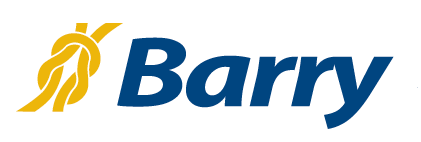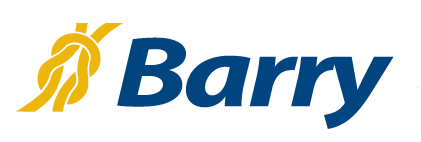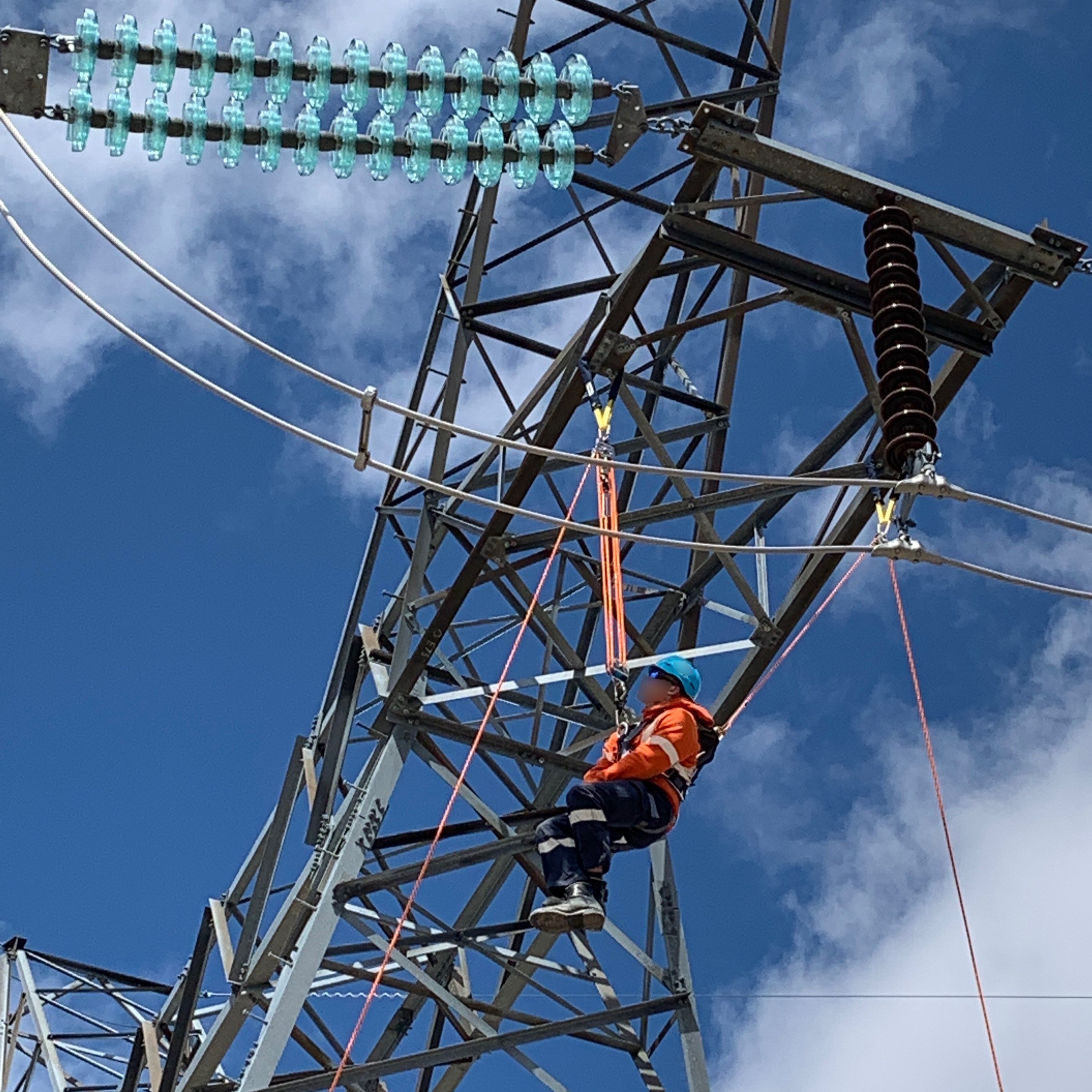New Barry Product & Service
We have recently been involved in developing systems, methods and implementing training programs for transmission line maintenance crews for work at heights using rope access techniques with dielectric ropes for barehand methods in energized environments.
With several decades of R&D, design and manufacturing experience in the utilities industry, the Barry team can assist in developing live-line products and solutions and optimize work methods, safety and standard operating procedures (SOP) using our state-of-the-art products.
What is Dielectric rope access?
In the broad context of rope access, we are referring specifically to the method of raising a worker to a working position at heights utilizing insulating rope while the worker is always connected to a secondary lifeline system which acts as a fall protection backup for redundancy.
Dielectric Rope Access Barehand Method
When a rope access method is used for energized barehand methods, the worker is energized at the same electrical potential as the transmission line while wearing a conductive suit and the ropes will also be energized. Presently in industry, polyester kernmantle ropes and co-polymer ropes with a wax overlay finish are used extensively for energized barehand rope access, however these ropes have been demonstrated to be very conductive under even the slightest humidity and moisture.
The new dielectric rope access systems developed by Barry Cordage Ltd. consist of insulating ropes which are compliant to industry standards ASTM F1701 and IEC 62192. The Barry D.E.W. Line® (Dielectric Even Wet) rope tools are the only insulating ropes available on the market which are compliant with both standards and are at the heart of these systems. These insulated ropes are also arc flash rated and resistant to ozone and abrasion.

Photo Caption: Lineman being raised onto a structure using a Barry D.E.W. Line® (Dielectric Even Wet) system with a secondary safety backup rope during training.
Why use Dielectric rope access?
Utilities and contractors can perform barehand live line maintenance from aerial devices, ladders, carts, and helicopter (Class D or hoisting) methods. Rope access offers many of the advantages of helicopter methods in that work can be performed in remote locations with difficult terrain and lack of access, but with limited equipment required. Rope access can avoid the requirement to build roads for access, avoids environmental biohazard concerns and reduces possible damage to surrounding private property, improving customer relations, and avoiding discord.
While dielectric rope access may not be as fast as helicopter methods, it is expected to be faster than barehand ladder methods and utilizing aerial devices for particular locations and situations. Once the program is established, rope access will be a lower cost, as it will only require the crew’s labour hours. This is advantageous when compared to using helicopters methods, which also rely on the availability of aircraft.
While helicopter methods will be preferred for larger scale projects, rope access is a practical tool in the toolbox to perform live line work in a variety of different situations and locations. Dielectric rope access can avoid costly outages and the requirement to haul heavy equipment to a work location as it only requires the rope and small amounts of gear with a well-trained crew.
Once the program is developed, the cost of the rope access equipment and the maintenance requirements are far less than what is required for other live-line methods. For example, an aerial device has a very high cost of acquisition, maintenance, and repair in addition to the costs of logistics and manpower challenges.
By working barehand using the rope access method, linemen can minimize their impact on the environment, save time in the field, and ultimately get more work done safely in less time, therefore increasing reliability, and reducing costs for the utility’s customers. Ultimately any tool that can help avoid extremely costly outages on the grid is a good investment. While rope access is used extensively in industry, the new Barry rope access system is the first dielectric barehand rope access system developed for live working and offers outstanding performance.
Key benefits and takeaways:
- Can be performed in remote locations with difficult terrain and lack of access o Limited equipment required
- Lower operating costs compared to alternative methods
- Can help avoid costly and inconvenient outages (to both utility & consumer)
- Reduced logistical costs bringing heavy equipment to work locations
- Minimized environmental impact
- Operational savings, ultimately get more work done safely in less time
- Can be used to position line workers on energized systems safely without the need for an interruption of service or outage
- Provides insulation and safe work procedures
For more information on our engineering support and consulting services for live-line work methods and products, please contact us here.
Posted by Patrick Barry on







